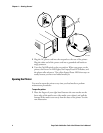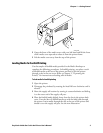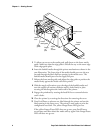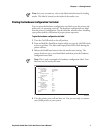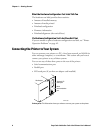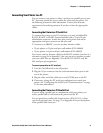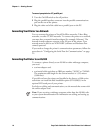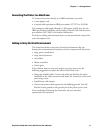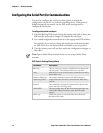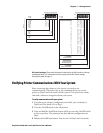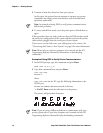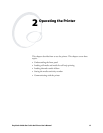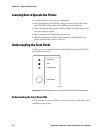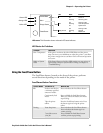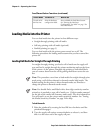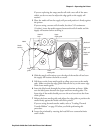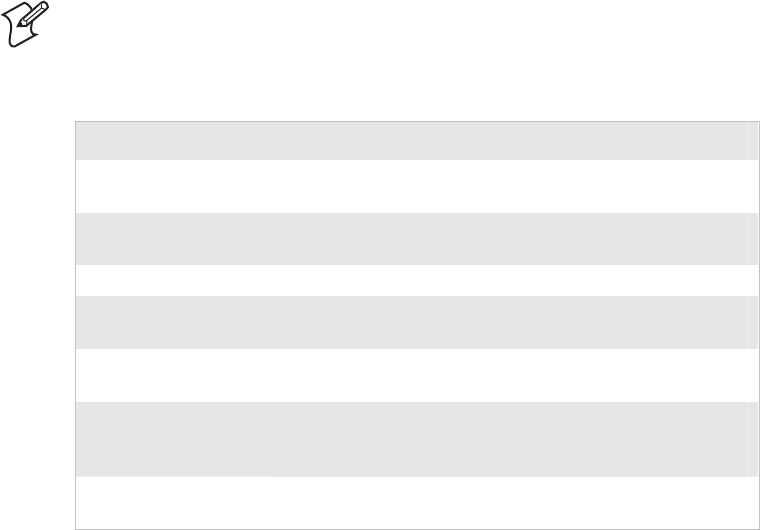
Chapter 1— Getting Started Cd 39 Helvetica CondensedHelvetica
12 EasyCoder 3400e Bar Code Label Printer User’s Manual
Configuring the Serial Port for Communications
You need to configure the serial port of the printer to match the
configuration of your PC or network controlling device. If the printer’s
default settings do not match, use the DIP switch settings table to
configure the serial port.
To configure the printer serial port
1 Use the following DIP switch setting descriptions and table to locate the
DIP switches you need to change to configure the serial port.
2 Use a small straight-slot screwdriver to set the appropriate DIP switches.
For example, if you want to change the media type to thermal transfer,
set DIP switch 8 on the bottom bank of switches to the on position.
3 Turn the printer power off and then on for the configuration changes to
take effect.
Note: Ignore Multi-Drop switches if you are not using a Multi-Drop
network.
DIP Switch Setting Descriptions
Parameter Description
Baud rate The rate, in bits per second, at which the host exchanges data
with the printer. The maximum baud rate is 115,200.
Parity Adds one bit (1 or 0) to the character to make the sum of bits
always odd or even.
Number of Data bits The number of bits that represent the ASCII characters.
Multi-Drop address Unique address for each device connected with Multi-Drop
protocol.
Protocol The transmission standards for communication between the
printer and each connecting device.
XON/XOFF The protocol that stops the host from sending data when the
printer buffer fills up and starts it again when the buffer
empties.
Media type Enables the printer to work with either direct thermal or
thermal transfer media.



